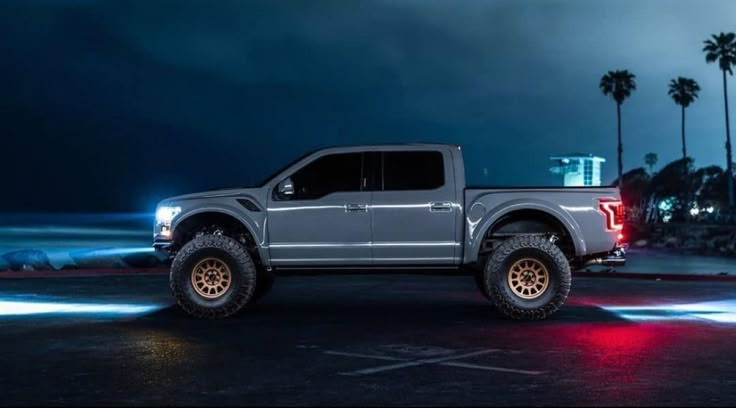Ford has long been a symbol of American engineering and automotive legacy. From their rugged trucks to affordable sedans and utility-packed SUVs, the brand has delivered vehicles that resonate with a wide range of drivers. But like every automaker, Ford has built both champions and disappointments.
While some of their models are practically bulletproof—earning reputations for going hundreds of thousands of miles without issue—others have become repair shop regulars, known for electrical gremlins, drivetrain issues, or just plain poor build quality.
Understanding the difference between a dependable Ford and one that’s likely to bleed your wallet is crucial for any buyer—especially those looking at used models. With skyrocketing maintenance costs and unreliable cars becoming long-term financial burdens, knowing which Fords stand the test of time can save you a ton of stress and cash.
In this blog, we’ll break down five Ford vehicles built to last, praised for their durability and low maintenance needs. And to balance the picture, we’ll also spotlight five models that are infamous for constant breakdowns, high repair bills, and reliability concerns.
Whether you’re in the market or just curious about Ford’s highs and lows, this list is your guide to the models that shine—and those that stumble.
5 Fords Built to Last
Not all Fords are created equal—some are over-engineered workhorses that outlive expectations. These five models are praised by owners and mechanics alike for their bulletproof drivetrains, solid build quality, and impressive longevity.
Whether it’s a truck hauling loads for decades or a sedan that shrugs off miles like nothing, these Fords are the definition of reliability. If you want a low-maintenance vehicle that can go the distance, these are the Blue Ovals that truly deliver.
ALSO READ: 5 Cars That Keep Working Even When Neglected and 5 That Need Perfect Maintenance
1. Ford F-150 (2009–2014)
The Ford F-150 is America’s best-selling truck for a reason, and the 2009–2014 models especially stand out for their toughness and reliability. These trucks were built with heavy-duty work in mind but also offered comfort for everyday driving.
What sets this generation apart is its simple yet sturdy construction. The 5.0L V8 and 3.5L EcoBoost engines are fan favorites for being durable, powerful, and surprisingly efficient when maintained.

Mechanics report fewer major issues in these model years compared to others, and routine maintenance like oil changes and brake pad replacements typically keep them in top form.
The frame resists rust better than earlier models, and the transmissions, especially the 6-speed automatic, are known to hold up under hard use. It’s not uncommon to see these F-150s clock well over 250,000 miles.
From farm work to family road trips, this F-150 generation balances rugged durability with smart design.
While no truck is problem-free, this one earns praise for being a reliable partner in both work and life. If you’re looking for a used Ford that will last and won’t leave you stranded, this generation of the F-150 is a solid bet.
2. Ford Crown Victoria (1998–2011)
The Ford Crown Victoria is legendary among fleet operators, taxi services, and police departments—and for good reason.
These full-size sedans are virtually indestructible when properly maintained. Built on a body-on-frame platform, the Crown Vic is as tough as a truck, and the bulletproof 4.6L V8 engine is capable of pushing 300,000 miles with basic upkeep.

Mechanically simple, the Crown Vic avoids the complicated electronics and fragile components found in more modern vehicles.
Its rear-wheel-drive setup, solid rear axle, and reliable transmission make it a favorite among DIY mechanics and used-car buyers alike.
Even as parts of the world moved toward more tech-heavy and fuel-efficient sedans, the Crown Vic stayed true to form—tough, comfortable, and durable.
This car’s legacy isn’t about luxury or innovation; it’s about longevity. With cheap and widely available parts, it’s one of the easiest cars to maintain.
If you’re after a used car that won’t nickel-and-dime you and can handle serious mileage, the Crown Victoria is a proven performer that simply refuses to quit.
3. Ford Escape (2012–2019)
The third-generation Ford Escape, particularly the 2.5L naturally aspirated engine version, has proven to be a reliable compact SUV.
While some turbocharged variants had issues, the base engine-powered Escape delivers strong performance, excellent fuel economy, and a very reasonable repair record.
Owners consistently report minimal problems beyond routine maintenance—brakes, tires, fluids—making it a favorite among families and commuters alike.
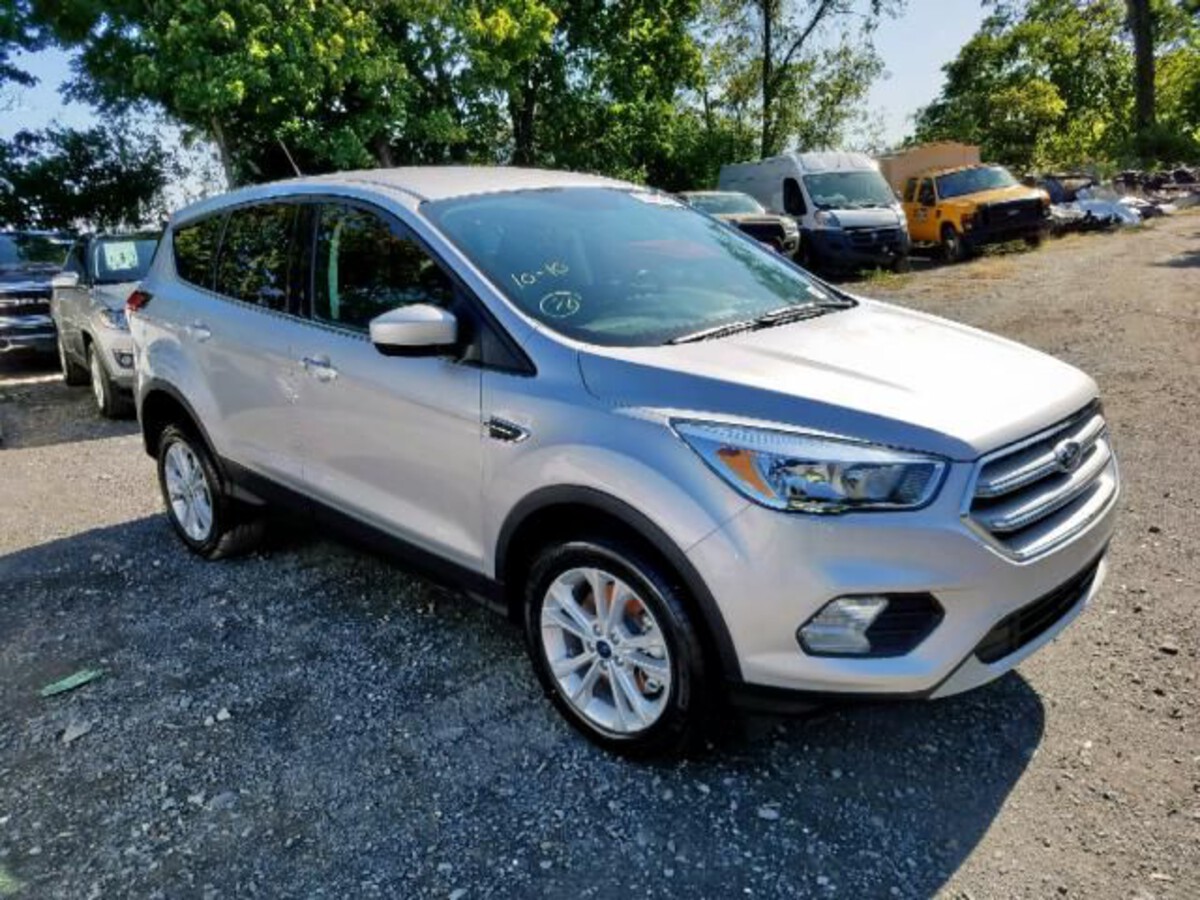
The transmission is smooth, and the powertrain is known to handle daily driving without drama. With a spacious interior, solid build quality, and refined handling, it strikes a good balance between practicality and reliability.
Ford made significant improvements in build quality and materials during these years, addressing previous concerns about cabin rattles and weak interiors.
These Escapes are still modern enough to include useful tech—like Bluetooth and rear cameras—without being over-reliant on software that breaks down.
For anyone looking for an affordable and dependable crossover with solid mileage capability, this Ford Escape generation checks all the right boxes. It’s not flashy, but it gets the job done, with minimal trips to the shop.
4. Ford Ranger (2019–Present)
After a long hiatus, Ford reintroduced the Ranger to the U.S. market in 2019, and it didn’t disappoint. Built on a proven global platform and powered by a 2.3L EcoBoost engine mated to a 10-speed automatic transmission, the new Ranger has shown exceptional long-term reliability in real-world use.
Unlike some of Ford’s earlier turbo engines, this EcoBoost is praised for its smooth power delivery and solid longevity, especially with regular oil changes and maintenance.

The 10-speed transmission has also proven more durable in the Ranger than in some other Ford models, with fewer complaints of hesitation or failure.
The chassis is built tough, with many parts shared with the Ford Everest (a rugged global SUV), and it boasts a towing capacity and payload rating that rivals larger trucks.
It’s comfortable, efficient, and practical for daily driving or weekend adventures.
Drivers love it for its mix of midsize convenience and full-size toughness.
If you’re after a newer Ford that won’t cause you sleepless nights over maintenance bills, the Ranger is one of the brand’s best comebacks in years.
5. Ford Fusion (2013–2020)
The Ford Fusion was one of the most well-rounded sedans of the 2010s, offering reliability, comfort, and performance in a stylish package.
Particularly, the 2.5L naturally aspirated engine models (non-hybrids) have shown remarkable longevity and low maintenance costs.
The Fusion drives like a premium vehicle, with solid suspension tuning, decent cabin insulation, and a refined interior. But under the hood, it keeps things simple and dependable.
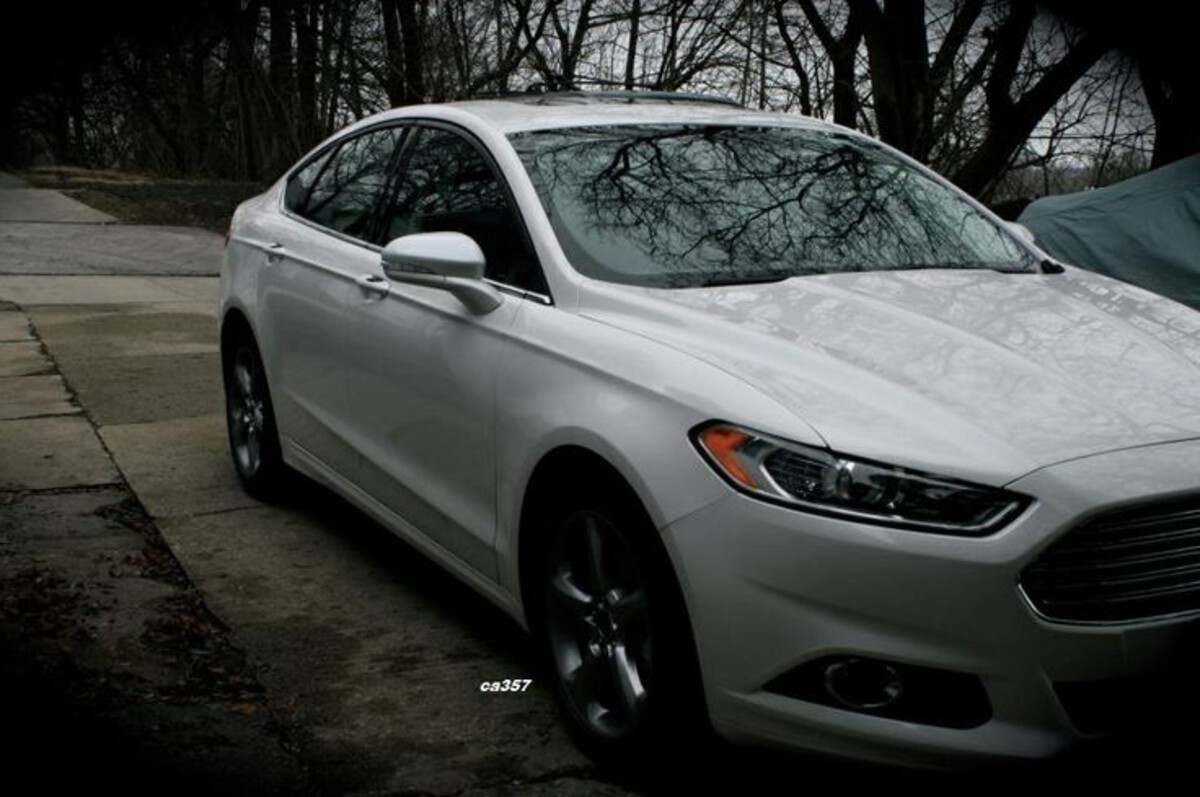
No turbochargers, no CVTs—just a tried-and-true powertrain setup. The 6-speed automatic transmission used in these models is robust and rarely gives issues if maintained properly.
It’s also loaded with safety features, good crash ratings, and technology that doesn’t become a burden to maintain or repair. Many owners report well over 200,000 miles with just standard upkeep.
With the Fusion now discontinued, these models are becoming a hot ticket on the used market, especially among those who want affordable reliability without sacrificing driving experience. It’s a no-drama sedan built to last.
5 Fords That Need Constant Repairs
Not all Fords hit the mark—some fall apart faster than you’d expect. Whether plagued by faulty transmissions, unreliable electronics, or engine issues, these models are known in the community for their frequent shop visits and high ownership costs.
Even basic maintenance often spirals into complex repairs. If you’re thinking about buying a used Ford, these are the ones to research thoroughly—or skip altogether. Owning one might just mean making your mechanic your best friend.
ALSO READ: 5 Trucks That Don’t Have Frame Rust Issues and 5 Known for Chassis Rot
6. Ford Focus (2012–2016)
At first glance, the Ford Focus from 2012 to 2016 seemed like a solid, affordable compact car. But beneath its sleek design was a critical flaw—its PowerShift dual-clutch transmission.
Owners across the country reported erratic shifting, hesitation, lurching, and premature failure, making it one of the most complained-about Fords of the decade.
This transmission was marketed as efficient like a manual and smooth like an automatic, but in reality, it offered neither.
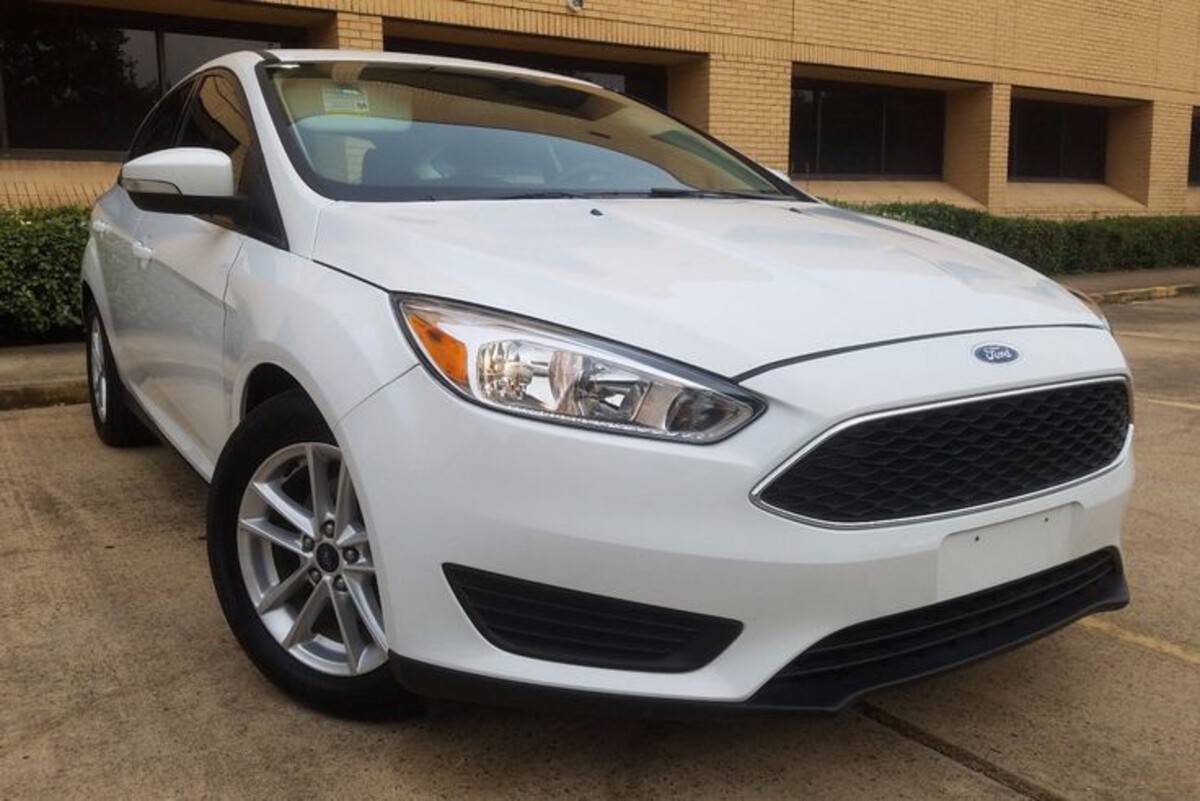
Lawsuits, recalls, and buybacks followed, yet the issues remained widespread. Even software updates and clutch replacements often failed to permanently fix the problem.
Beyond the transmission, some models also suffered from faulty fuel systems, stalling issues, and electrical gremlins.
The high repair frequency and poor resale value make the Focus one of Ford’s least dependable offerings during this period.
Unless you’re buying a Focus built before 2011 or after 2017, you’re better off steering clear. The 2012–2016 range, particularly with the automatic transmission, is a money pit.
7. Ford Explorer (2002–2005)
The early-2000s Ford Explorer might look like a tough, capable SUV, but underneath the hood lies a laundry list of problems that frustrated thousands of owners.
One of the most notorious issues was with the transmission, which often failed before 100,000 miles. Slipping gears, harsh shifts, and full-blown transmission replacements were common, expensive problems for any SUV, especially a family hauler.
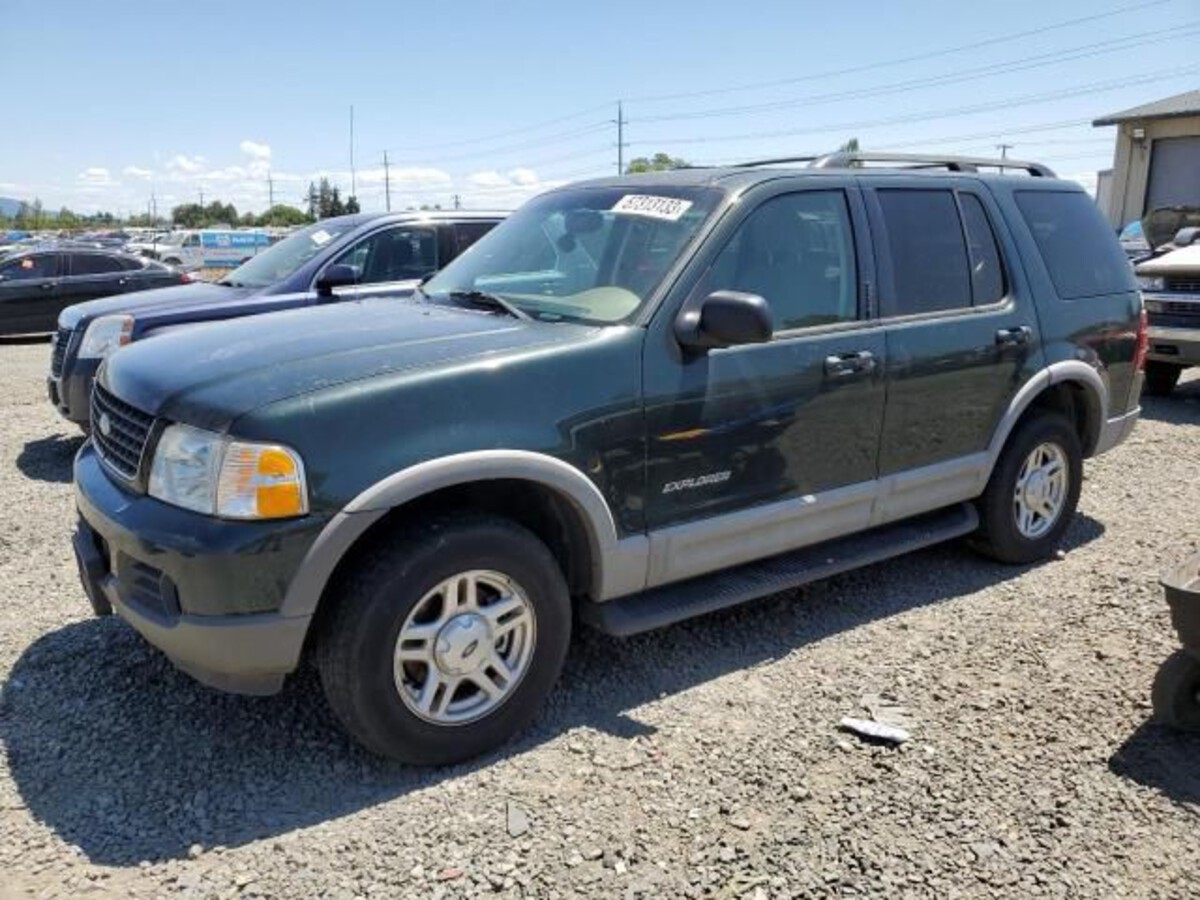
The 4.0L V6 engine also had a reputation for timing chain tensioner failures, which could lead to catastrophic engine damage if not addressed early.
And if that wasn’t enough, these Explorers were also plagued by electrical gremlins, dashboard warping, faulty window regulators, and rear liftgate cracks.
This generation marked a low point for Ford’s SUV reliability and even tarnished the Explorer name for years to come.
Despite its popularity at the time, resale value plummeted as more owners encountered serious mechanical failures.
Unless you’re a DIY enthusiast looking for a project car with a cheap price tag and plenty of patience, this Explorer is one of the most breakdown-prone Fords of the 2000s. It might have space and decent looks, but under the surface, it’s a reliability nightmare.
8. Ford Edge (2007–2010)
The first-generation Ford Edge aimed to combine SUV versatility with a sporty, car-like feel. It succeeded in looks and comfort, but failed miserably in long-term reliability.
The Achilles heel? The power transfer unit (PTU) in AWD models. This part frequently leaks fluid and overheats, causing grinding noises and eventual drivetrain failure, often well before 100,000 miles.
Engine-wise, the 3.5L V6 suffered from water pump failures—but not just any failure.
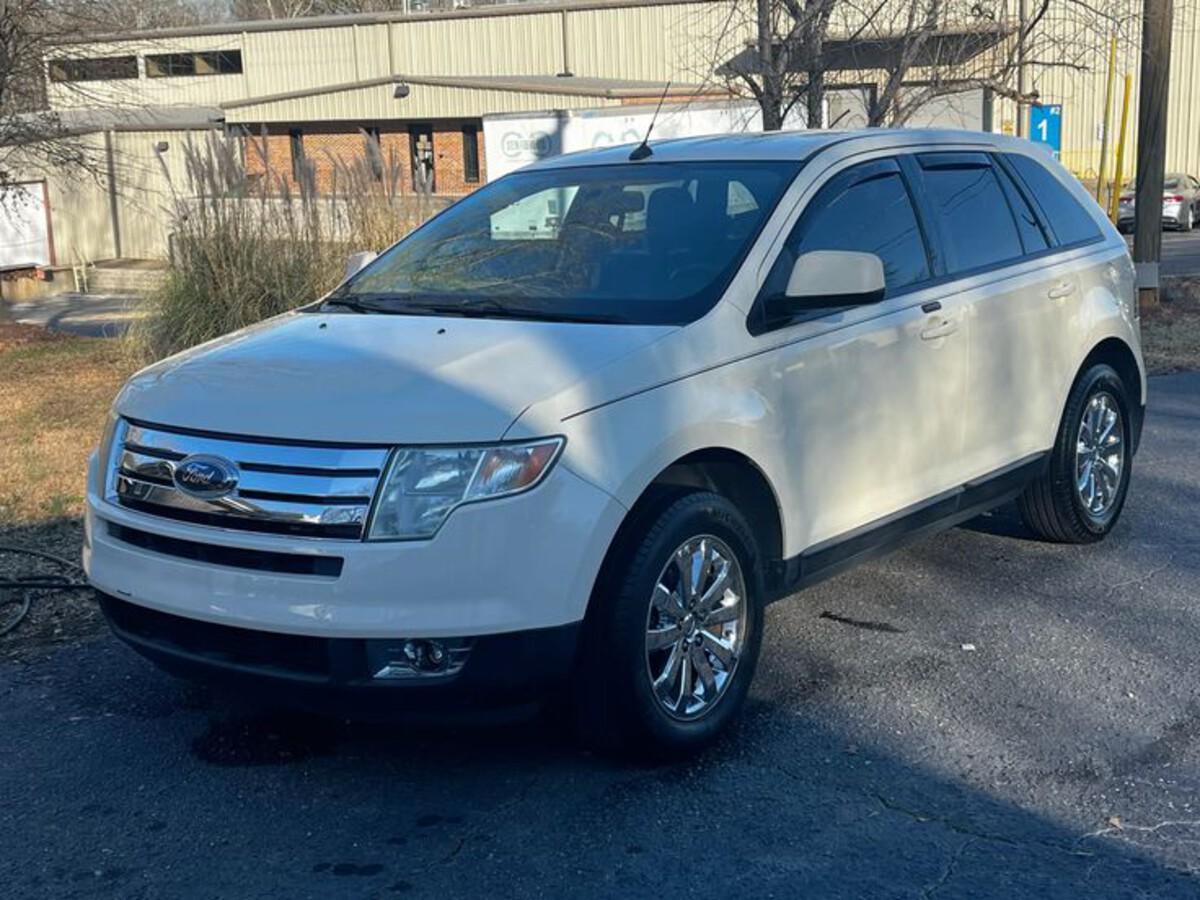
On these models, the water pump is internal and driven by the timing chain, so when it fails (often around 90,000–120,000 miles), it can leak coolant directly into the engine oil and cause complete engine failure.
Repair costs can exceed $3,000–$5,000 due to the engine-out labor required.
Add to that recurring electrical issues, poor HVAC reliability, and uneven brake wear, and it’s clear the first-gen Edge is more of a gamble than a solid SUV.
Even though it looks great on the outside and rides comfortably, many owners found themselves stranded, facing big bills. It’s no surprise that resale values for this generation tanked.
9. Ford Fiesta (2011–2016)
The Ford Fiesta from 2011 to 2016 shares its fate with the troubled Focus—thanks to the same PowerShift dual-clutch transmission. Just like in the Focus, owners experienced rough shifting, sudden stalls, shuddering acceleration, and full transmission failures.
Some cars had multiple clutch and software replacements—and still didn’t work right.
Beyond the drivetrain, this compact car suffered from poor build quality. Interior trim came loose easily, electronics malfunctioned often, and small parts like window switches, door locks, and HVAC knobs failed frequently.

The Fiesta’s cramped cabin also didn’t age well, especially in humid climates where fabrics and plastics wore out quickly.
While the car was praised initially for its nimble handling and fuel economy, reliability quickly overshadowed those positives. Lawsuits and class-action settlements followed, further tarnishing its image.
Even though later models tried to resolve some of the issues, the damage was done. The Fiesta, like the Focus, is a cautionary tale of what happens when innovation isn’t backed by long-term durability. It’s best to avoid these years altogether.
10. Ford Taurus (2000–2005)
The Ford Taurus was once one of America’s top-selling sedans, but by the early 2000s, quality control had fallen hard.
These models became known for their transmission problems, especially the AX4N and AX4S units, which failed prematurely due to poor internal components and overheating. Owners often found themselves with failing transmissions around 80,000–100,000 miles.
Engine reliability was also hit or miss. The Vulcan 3.0L V6 was durable, but the more powerful 3.0L DOHC Duratec had a tendency to develop head gasket leaks, especially in models that weren’t regularly maintained.
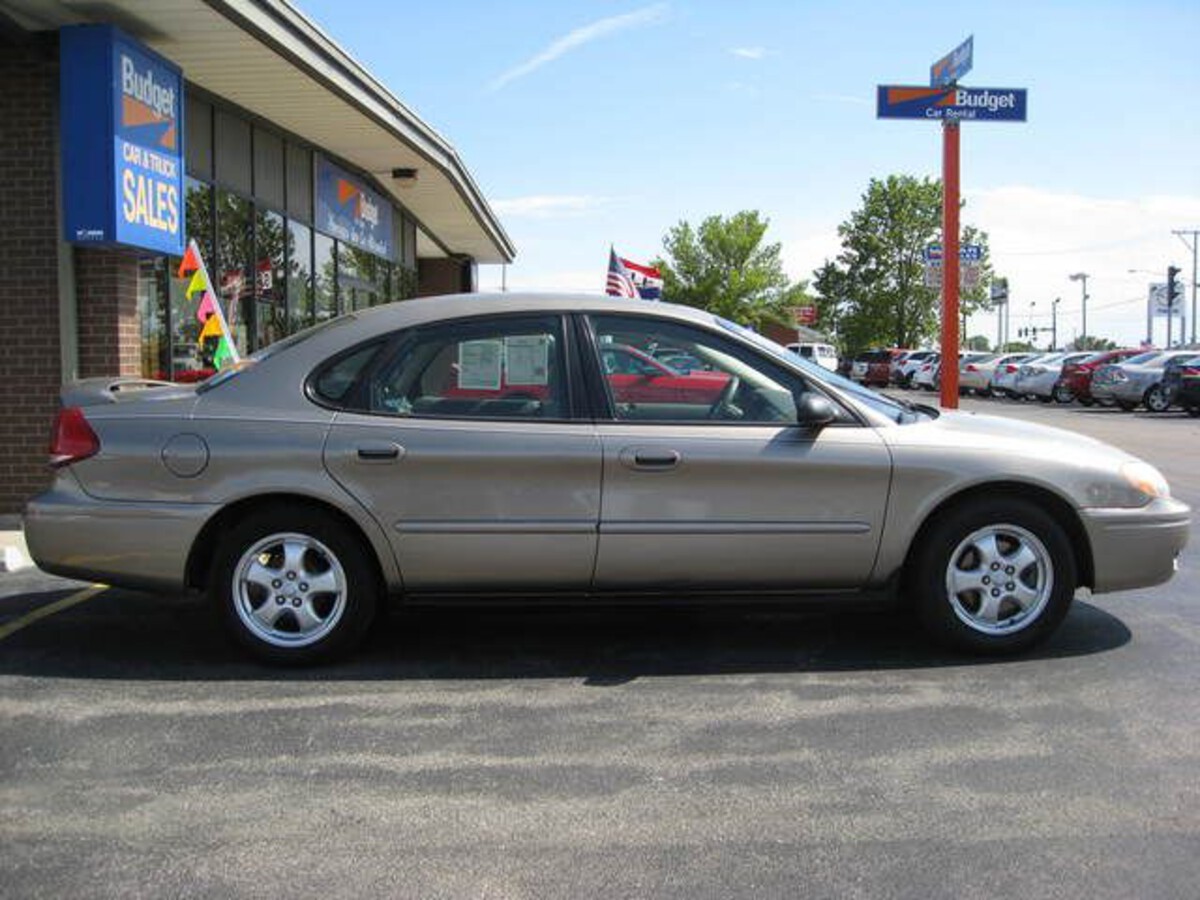
Combine that with cheap interior materials, failing suspension components, and weak power steering pumps, and you had a car that demanded constant attention.
Even simple things like heater cores and A/C systems were prone to failure. As a result, the Taurus became known for low resale value and high repair frequency.
What once was a staple of the American sedan market became a car most people tried to get rid of before hitting six figures on the odometer.
Though it’s affordable in the used market, buyers are better off spending a bit more on a later-generation model or avoiding it altogether. These early 2000s Tauruses just weren’t built to last.
Ford has built some iconic vehicles—ones that can go the distance with little more than basic maintenance. Trucks like the F-150 and Ranger, solid sedans like the Fusion and Crown Victoria, and even compact SUVs like the Escape prove that Ford can build cars that last.
These models have earned a loyal fan base because they do what all great vehicles should: get you where you need to go without draining your bank account or stranding you on the side of the road.
But on the flip side, Ford has also turned out some serious missteps. Models like the Focus and Fiesta were plagued by transmission issues.
The early 2000s Explorer and Taurus were mechanical minefields, and even stylish options like the Edge ended up being money pits. These cars can look great on the surface—but under the hood, they’re a mechanic’s dream and an owner’s nightmare.
When shopping for a used Ford, it’s not just about price or mileage. It’s about knowing which years and engines stand the test of time—and which are ticking time bombs. If you want peace of mind, go with the proven performers. Leave the problem children to the scrapyard.

